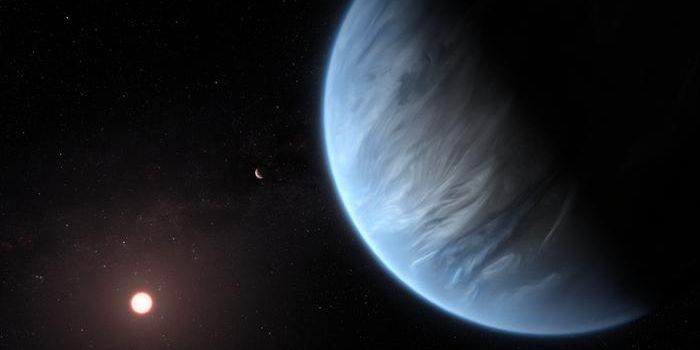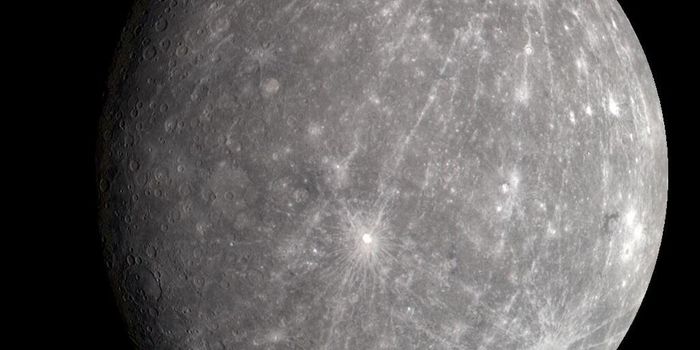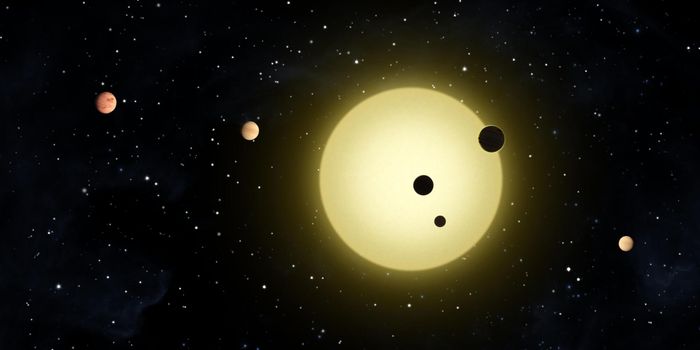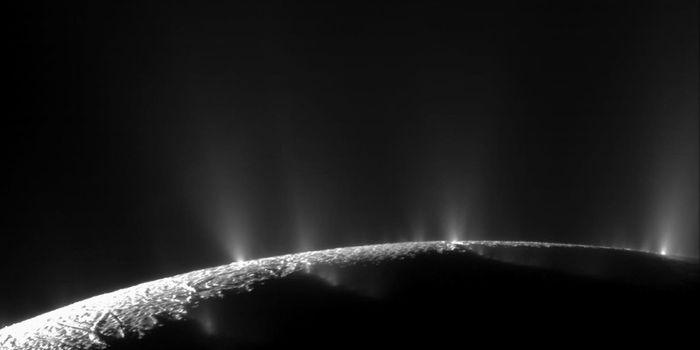Superionic Water--"Ice" Formed Under Extreme Heat and Pressure
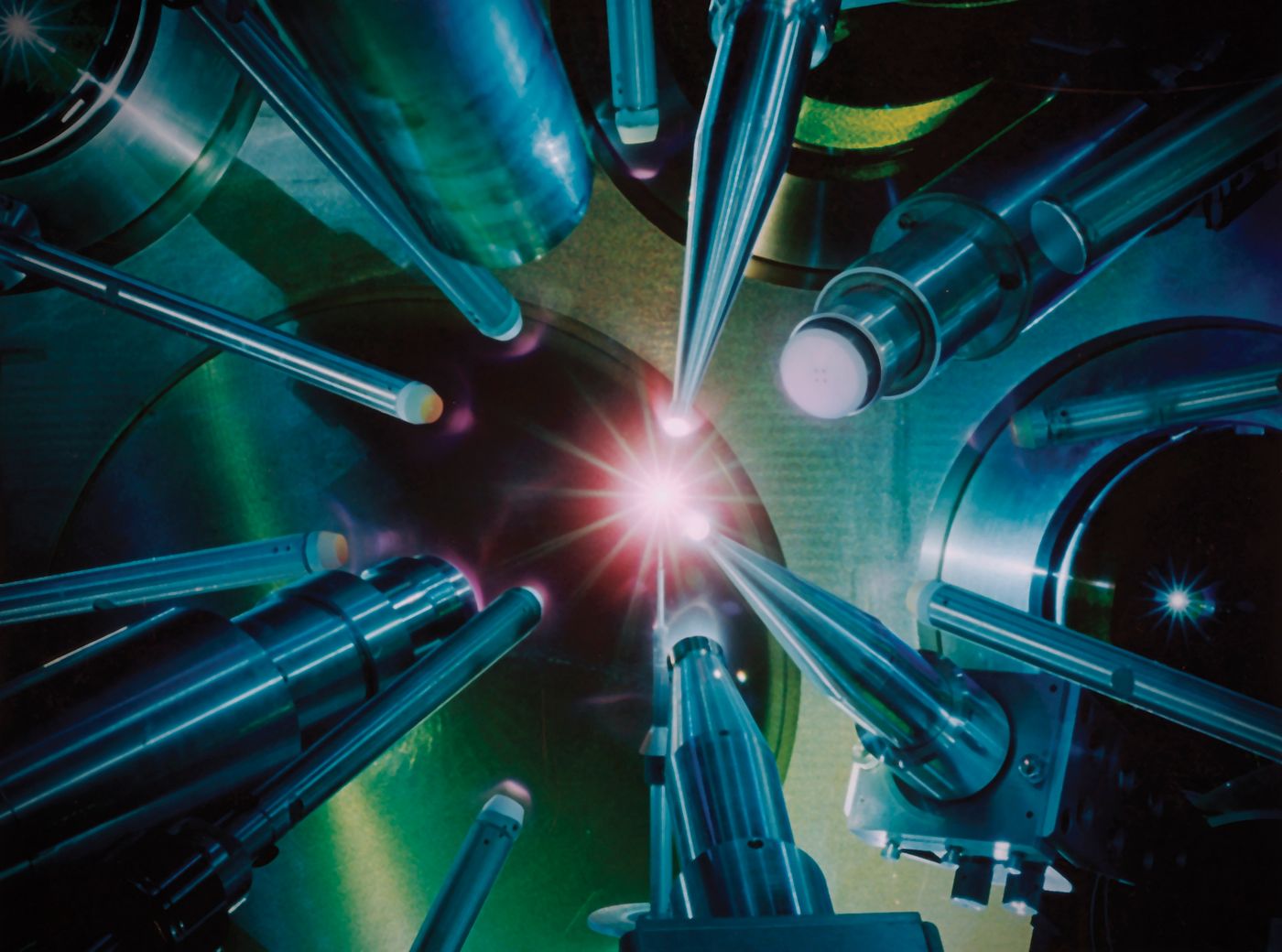
Using one of the world’s most powerful lasers, located inside UoR's Laboratory for Laser Energetics, physicists generated shockwaves that compressed and heated water droplets until they reached 100-400 gigapascals (over 100,000 times of Earth's atmospheric pressure) and 2,000-3,000 Kelvin (almost as hot as the Solar surface).
The X-ray diffraction measurement revealed something rather strange about the water under ultra-intense heat and pressure: instead of being turned into gas, the molecules solidified and formed nanosized particles, which is known as the superionic water ice.
Water possesses some unique characteristics like no other chemical solvents. With its single oxygen atom covalently bonded with two hydrogen atoms at a 104.5-degree angle, a water molecule has two spare (or "unpaired") electrons that can form a weak bond with hydrogen atoms of its adjacent molecules. When every water molecule manages to build a so-called hydrogen bond with their neighbors in a tetrahedron-shaped crystalline form, water solidifies into ice.
On Earth, as its temperature drops below freezing point, water forms ice (also known as Ice I), But this is not the only solid form of water. Since tetrahedrons is such a geometric "shapeshifter", they can be packed together in a vast variety of configurations. By manipulating its environmental condition, mainly temperature and pressure, scientists previously concluded that there are seventeen different types of "ice" (or solid states of water) out there.
The 17+ Different Kinds of Ice! (SciShow)
The UoR researchers labeled the newly discovered state of water as Ice XVIII (roman letters for "18"). But unlike the other 17 versions, the superionic ice is not made of intact water molecules because the bonds between oxygen and hydrogen are partially broken. The molecules are trapped in an in-between state, where the oxygen atoms form a cubic lattice, and the hydrogen atoms circulate within the oxygen-scaffold like a fluid.
Astronomers have long suspected that inside icy giant planets, such as Uranus and Neptune in our backyard, the high temperature and pressure forces water molecules, a big part of the planet's interior core, to undergo the superionic phase change and solidify into "ice". This research provided crucial confirmation of what water might look like inside these planets.
This riveting discovery was published in the journal Nature.
Source: Quanta Magazine

